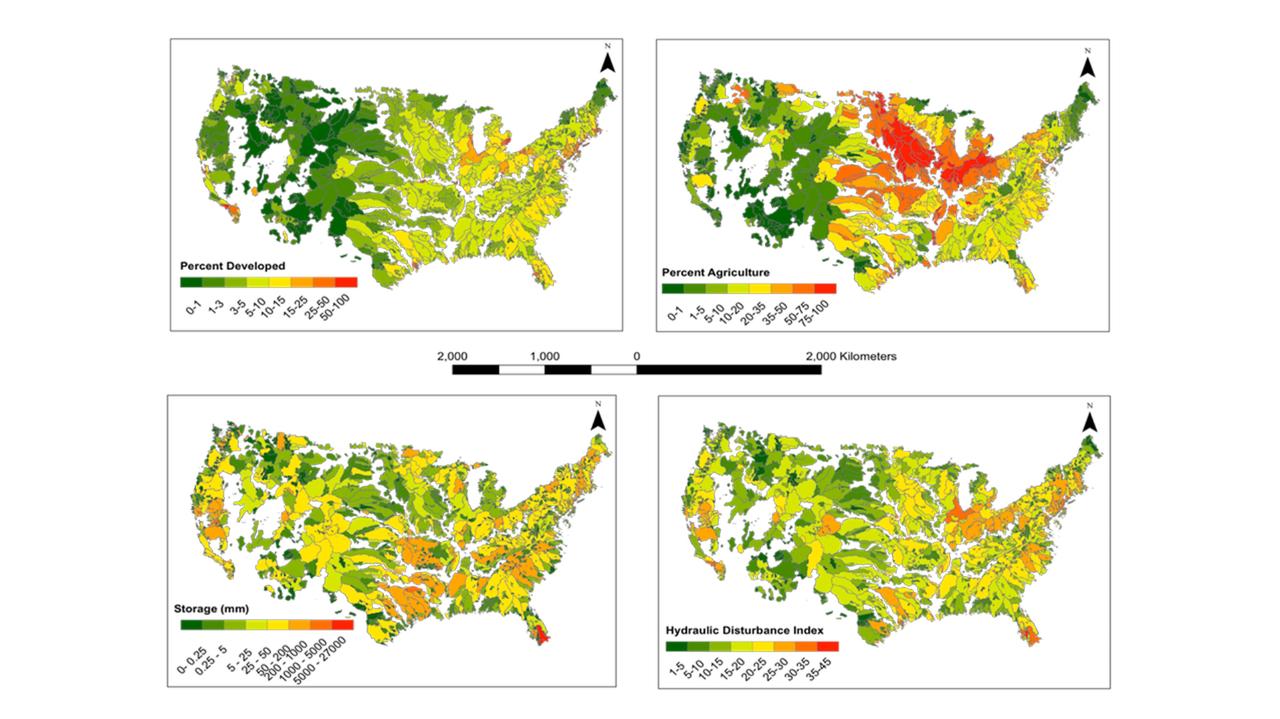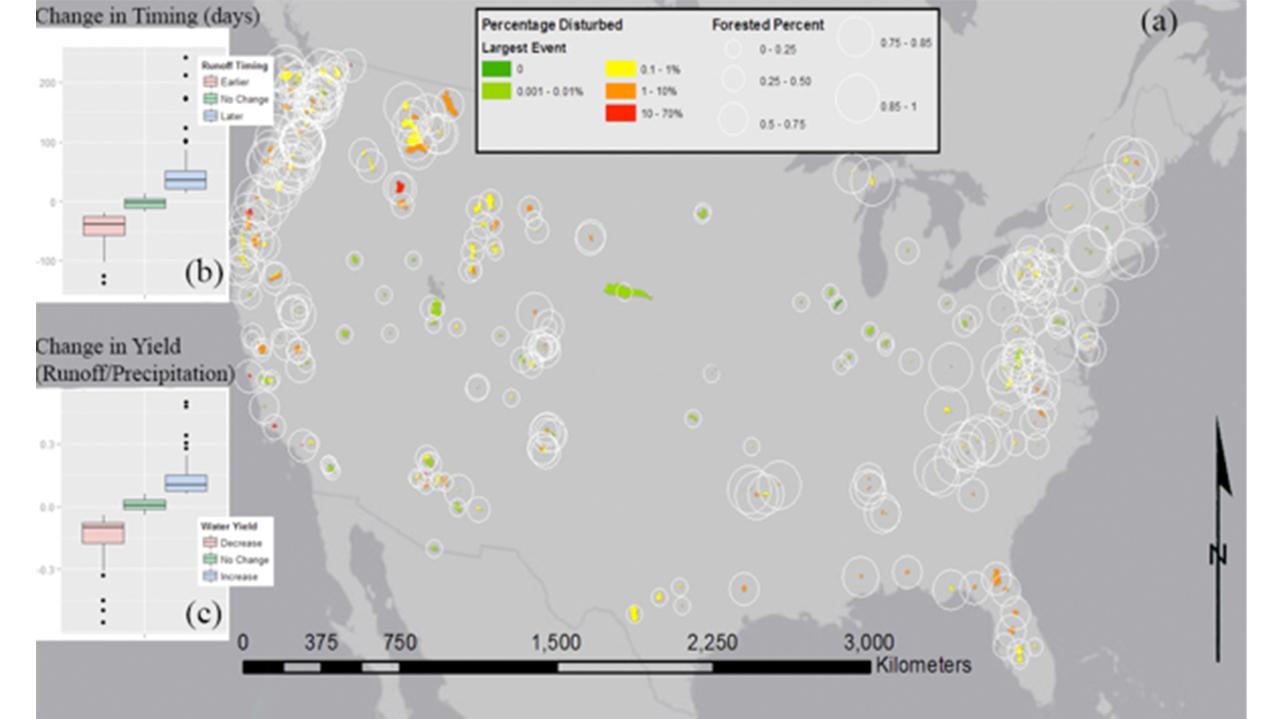Ben Livneh
Associate Professor of Civil, Environmental, and Architectural Engineering
- Ph.D., University of Washington, 2012
Research Interests
My research group explores the impacts of changing land-cover and climate on water resources. Specifically, we seek to quantify how changes in the mean-state and variability of the hydrologic system are changing, to identify key processes and explore predictability. A component particular sensitive to change in the western U.S. is snowpack, serving as a natural reservoir to store winter precipitation and release it during the warm-season when it is needed most. Active areas of research include sediment transport, land-cover disturbance, hydrologic connectivity, forecasting, and estimating components of the surface water balance from space.
Current Research
Climate variability and increasing water demands are stressing water resources in many areas. Improved understanding of the interaction between the natural hydrologic cycle and external landscape processes (e.g., water and land management practices) termed ‘external forcings’ will be critical for water resources management and planning. These external forcings include changes in water use, land use, land cover, and reservoir operations, all of which skew relationships between climactic and hydrologic variables. Presently, external forcings on hydrology are not well identified or quantified. Quantifying external forcings and associated hydrologic impacts are especially important for basins like the Colorado River where mean annual water supply and demand are nearly similar. In this work, a large sample of watersheds (> 100) in the Colorado and other major river basins with diverse climates and varying degrees of external forcing are analyzed. A data base of possible streamflow drivers is being developed using in situ and remote sensing products (evaporation, temperature, soil moisture etc.). The Figure shows the degree of various disturbances across U.S. watersheds being analyzed from the GAGES-II database.
Most people assume that greater forest disturbance will result in more water flowing out of watersheds. Not necessarily so, is the finding from recent research between the Livneh laboratory and collaboration with the University of Alaska, Southeast. By combining 30m global forest disturbance datasets with long-term, ongoing USGS streamflow observations, we were able to accurately monitor when and where disturbance occurs, and tie that to disruptions in the water outputs of critical watersheds across the nation. Using a large-sample of watersheds with high quality data from southern Florida to northwest Washington, we found that after a forest disturbance event, streamflow can increase or decrease depending on critical landscape factors.
Highly disturbed, arid watersheds with low soil: water contact time are the most likely to see increases in water yield following disturbance, with response magnitude positively correlated with the extent of disturbance. Watersheds dominated by deciduous forest with low bulk density soils generally showed reduced yield post-disturbance. Post-disturbance streamflow timing change was associated with climate, forest type, and soil. Snowy coniferous watersheds were generally insensitive to disturbance, whereas watersheds with finely textured soils and flashy runoff were more sensitive. This was the first national scale investigation of streamflow post-disturbance using fused gage and remotely sensed data at high resolution, yielding important insights to anticipate changes in streamflow that may result from future disturbances.
Research Categories
Climate and Weather, Science Policy, Water ResourcesResearch Images
to
Invalid date -Sponsors
-
Invalid dateP.I.(s)
About CECA
CECA connects and creates a supportive environment for graduate students and postdocs who come from various academic units to do research in CIRES.

